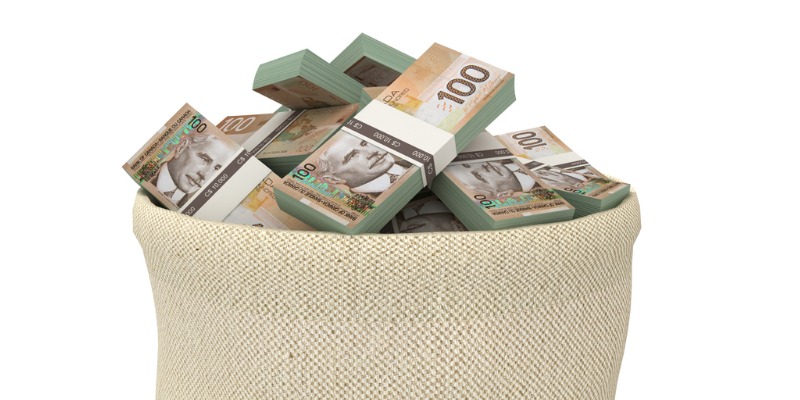Alberta’s revenue windfall—don’t just spend it

According to Alberta’s recent first quarter update, the provincial government will run a $13.2 billion projected surplus in 2022/23 due largely to a windfall in resource revenue.
While it’s a positive development after nearly a decade and a half of routine deficits, the government must resist the temptation to spend these onetime revenues as it would only perpetuate the boom-bust cycle that’s plagued provincial finances for decades.
For some context, resource revenue, which includes oil and gas royalties, is inherently volatile. In the past 10 years, it’s been as low as $2.8 billion in 2015/16 and as high as a projected $28.4 billion in 2022/23.
But governments have had a bad habit of spending all or most resource revenue as it came through the door, which has led to a pattern where the province enjoys budget surpluses during periods of relatively high resource revenue but inevitably suffers deficits when resource revenues decline.
Consider that per-person spending, which excludes debt interest costs and is adjusted for inflation, increased from $3,216 in 1965 to $12,305 in 1982. Much of the period—particularly in the 1970s—corresponded with relatively high oil prices and increased resource revenue for the provincial government. While the province enjoyed surpluses for a period, years of increased spending culminated in persistent deficits and an immense accumulation of debt once resource revenues inevitably fell in the 1980s. In the 1990s, the Getty and Klein governments had to significantly reduce spending to avoid a potential fiscal crisis.
Unfortunately, successive governments in Edmonton did not learn from past mistakes. Per-person spending saw another marked ascent particularly as resource revenue began to increase in the early 2000s. When the province entered a period of relatively low resource revenue around 2008/09, Alberta turned back to deficits, which persisted throughout most of the ensuing decade and a half.
That brings us to today.
The recent windfall in resource revenue pulled Alberta out of deficit in 2021/22. The 2022/23 surplus can similarly be explained by the surge in resource revenue. But again, what the government does with this revenue will be key.
There are several options. For one, the provincial government could use the surplus to fund a rainy-day account—save during good times to finance a stable amount of resource revenue for the budget during bad times. In that way, the fund would help avoid future deficits.
Another option is to use the surplus to reduce the $93.1 billion debt burden on Albertans. This appears to be the government’s policy of choice as the current plan is to pay down $13.4 billion in debt maturing in 2022/23. That’s a step in the right direction, so long as the government sticks to it.
Either of these policies are better than spending away the windfall.
Indeed, if the government gives into the temptation to repeat past mistakes, it will only mean more deficits for Alberta down the road.

